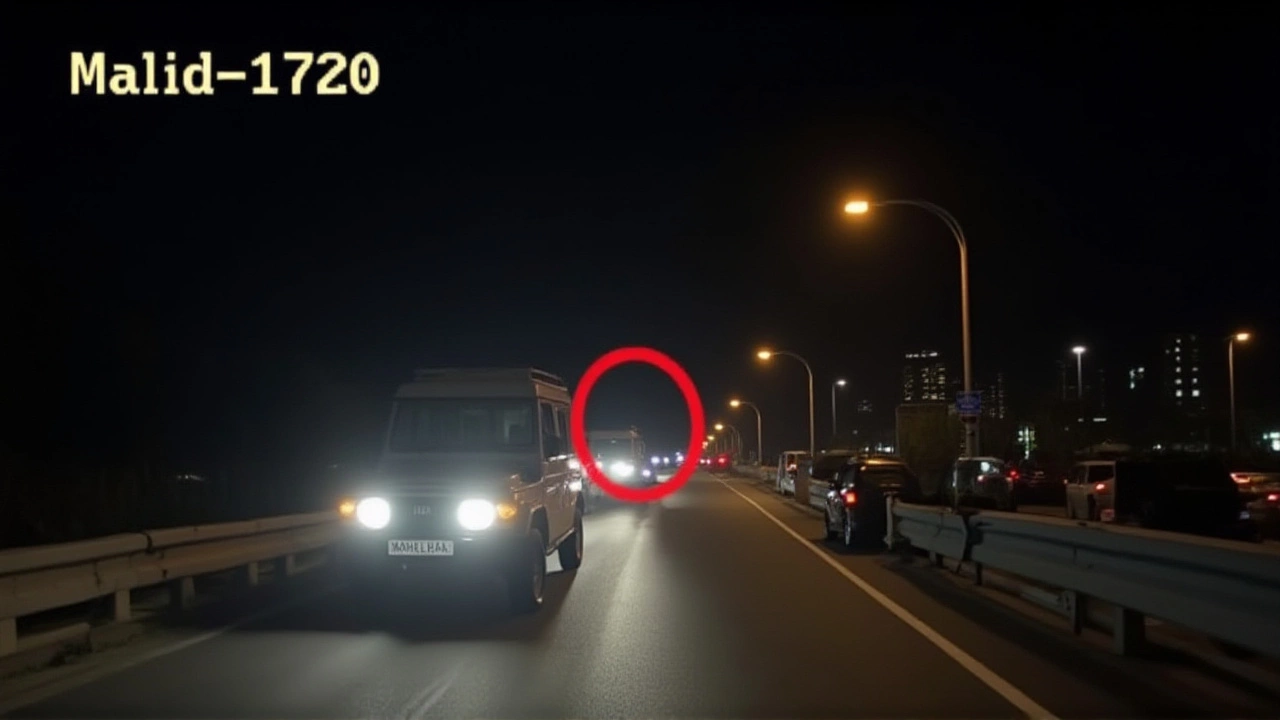Traffic Safety: What It Means and Why It Matters
When working with traffic safety, the practice of preventing road injuries and fatalities through education, engineering, and enforcement. Also known as road safety, it aims to keep every commuter—from cyclists to truck drivers—out of harm’s way. Traffic safety isn’t a single gadget or rule; it’s a system that blends vehicle design, driver behavior, and public policy.
One of the most common challenges in traffic safety is the hit-and-run, a crash where the driver leaves the scene without stopping to help. These incidents test the limits of law enforcement and emergency services, and they also reveal gaps in public awareness. Studies show that only about half of hit‑and‑run cases are solved, a figure that’s more a coincidence than a success rate. Improving detection technology, like dash cams, and tightening penalties are clear ways to shift that balance.
Another pillar of traffic safety is the broader road accident, any collision involving vehicles, pedestrians, or cyclists on public streets. Road engineering influences traffic safety by shaping lane widths, intersection visibility, and lighting. For example, installing roundabouts can cut severe injury crashes by up to 40 %. Similarly, better pavement markings and reflective signage help drivers make correct decisions in low‑visibility conditions. When cities invest in these physical improvements, the number of fatal crashes often drops noticeably.
How Policies, Technology, and Behavior Interact
Traffic laws create the framework that tells drivers what’s expected, but they’re only as good as the people who enforce them and the public who follows them. Mandatory seat‑belt use, speed limits, and drunk‑driving bans form a rule set that directly reduces crash severity. Yet, enforcement varies: a city with frequent speed‑camera checks sees fewer high‑speed crashes than one relying solely on occasional police patrols. This illustrates the semantic triple: traffic safety requires consistent law enforcement.
Vehicle safety features are another critical piece. Modern cars equipped with automatic emergency braking, lane‑keeping assist, and blind‑spot monitoring can prevent many accidents before they happen. The industry trend toward electric and autonomous vehicles adds a new layer of complexity, but also opens up opportunities for smarter safety systems that communicate with infrastructure. When hardware and software work together, the overall safety net becomes much tighter.
Emergency response plays a decisive role after an incident occurs. Quick medical attention can be the difference between life and death, especially in hit‑and‑run situations where victims might not receive immediate help. Training first responders in rapid trauma care and ensuring they have clear routes to accident sites directly improves outcomes—another semantic connection: effective emergency response enhances traffic safety outcomes.
Across India, various regions show different safety patterns. In densely populated states, pedestrian‑focused measures like zebra crossings and school‑zone speed reductions have proven effective. In more rural areas, addressing stray livestock and poor road lighting becomes a priority. By tailoring solutions to local conditions, policymakers can address the specific risks that each community faces.
Looking ahead, data analytics will shape the next wave of traffic safety initiatives. Real‑time traffic monitoring, combined with AI‑driven predictive models, can forecast high‑risk zones and dispatch resources proactively. When cities tap into this data, they create a feedback loop that continuously refines safety measures—highlighting the triple: traffic safety benefits from data‑driven insights.
Below you’ll find a curated collection of articles that dig deeper into these topics. From the gritty details of hit‑and‑run case resolution to large‑scale engineering projects that reshape city streets, the posts offer practical tips, real‑world examples, and fresh perspectives on making our roads safer for everyone. Keep reading to see how each piece fits into the bigger picture of traffic safety.

Noida Police Investigate Viral Thar Stunt Near Yamuna Expressway
A viral video of a Mahindra Thar stunt on the Yamuna Expressway sparked police action in Noida. Inspector Rajesh Singh leads the probe, with the driver facing serious charges.